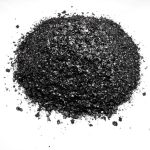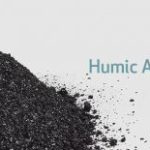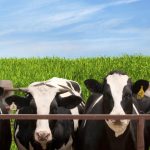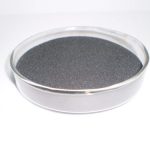A unique capacity of humic preparation’s is to effectively intensify metabolic processes in vegetable cells. A series of important scientific tests have shown that this is also evident in relation to animal organisms. The use of humic preparations, as part of a food supplements, has been fully researched using highly productive broiler poultry. It was established that the use of humates in broilers’ feed activated the synthetic phase of albuminous exchange.
As a result, there was a 10% increase in mass growth, and the poultry’s immunity rose by 5%-7%. In the course of these experiments, soluble humate was added to the feed at 250 mg per 1 kg of feed, starting from the age of twenty days. In August of 1996, the industrial experiments were carried out together with the Megetskaya poultry farm in the Irkutsk region. Sodium humate in the form of a water solution containing 1 gram of sodium humate to 1 liter of drinking water was given to chickens from the day they hatched. This experiment not only confirmed the high efficiency of the preparation, but it also provided new data.
The experiment was carried out on 11,000 chickens under the unfavorable conditions, where the quality of the incubated eggs was substantially below standard. The results showed that the exchange of vitamins and antibiotics for sodium humate in the feed caused a decrease in the poultry losses for the first forty days by 47%. At the same time, their average weight gain increased by 10%.
Once more, this data supports the brilliant hypothesis by L. A. Khristeva, who first suggested the high efficiency of the humates under unfavorable conditions. In 1998, similar tests were carried out on a wide scale at the Severny pedigree poultry breeding state farm near the town of Bratsk. The results, shown in the following diagram (See Fig. 12), confirmed the previous data. The poultry losses decreased by 50%, while the active (live) weight in five weeks increased by 30%.









